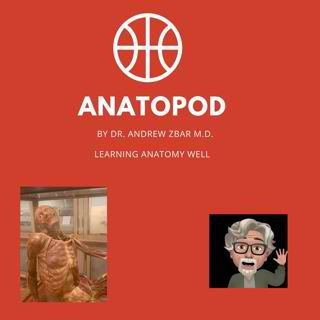
The Kabinets of Curiosity: Drawing the Boundaries of the Museum Space
Jaksokuvaus
In the same way that one may think of the 16th Century as the century of dissection, so too could the 18th Century be considered the age of the museum. The anatomists along with the apothecaries and the aristocracy were establishing their mobile collections that would devolve from the Schätzkammern (the Chambers of Power) into individual anatomical collections of curiosities. These Wunderkammern (Chambers of Wonder) and Kunstschranks (Art Cupboards) included the full range of congenital malformations and foetal monstrosities on open display and were the world famous private collections of the great embalmers like Ruysch and Honoré Fragonard (1732-1799). It was these that influenced the directors of the British Museum and London’s Natural History Museum to consciously decide not to exhibit deformities but rather to use the museum space as a narrative for the new Darwinian story of evolution. This podcast discusses the ethos of these dioramas, Ruysch imbued with an ascetic religious determination to use anatomy as a sanitized tableau that glorified God. Fragonard on the other hand displayed in his hide-tanned écorchés the shocking brutality of cadaveric dissection. Perhaps none were more beautiful, however, than the wax models of dissected corpses particularly those made by Clemente Susini (1752-1814) in Florence and which have made their way to Cagliari, Pavia and Vienna. Susini came from a long line of wax modelers whose rivalry made the name of Bologna and Florence. Bologna was advanced by the husband and wife team of Giovanni Manzolini (1700-1755) and Anna Morandi Manzolini (1714-1774) and had the unique backing of Bologna’s Bishop Prospero Lambertini (1675-1758) who later as Pope Benedict XIV advanced the cause of anatomy with the complete backing of Papal authority. As the explorers brought back the skulls and skeletons of the New World, anatomy perverted its craniometric measurements to advance a misguided theory of racial difference and development that promoted a Caucasian ideal. The collections of these bones from the desecration of tribal graves and burial grounds are still the subject of dispute over repatriation and return. For many, behind all the intellectual discussion there was an underlying desire to separate those noble savages whom the anatomists deemed sufficiently human that they might be converted to the Catholic faith from those subhumans destined for enslavement. Intro and Outro music is Dvorak A. The ‘American’ String Quartet No. 12 in F Major (Opus 96).